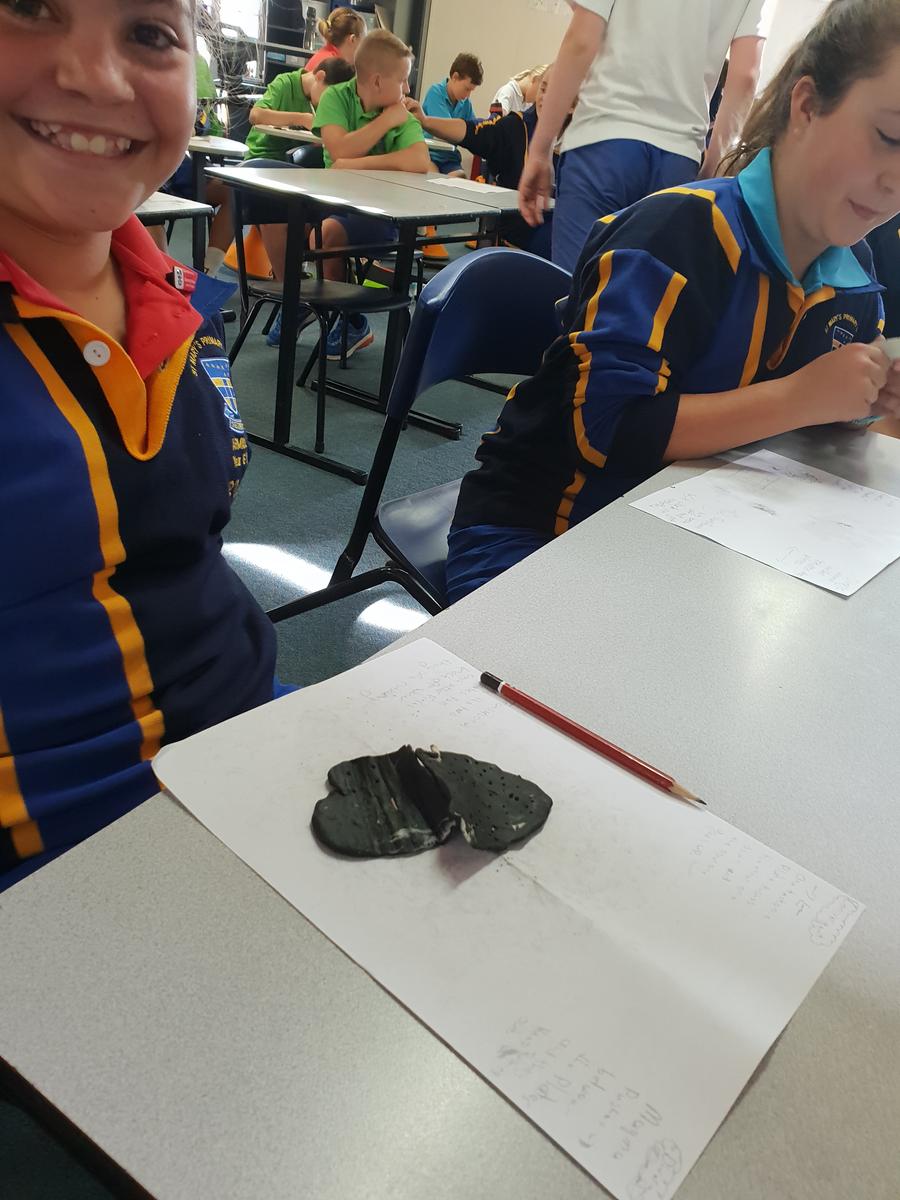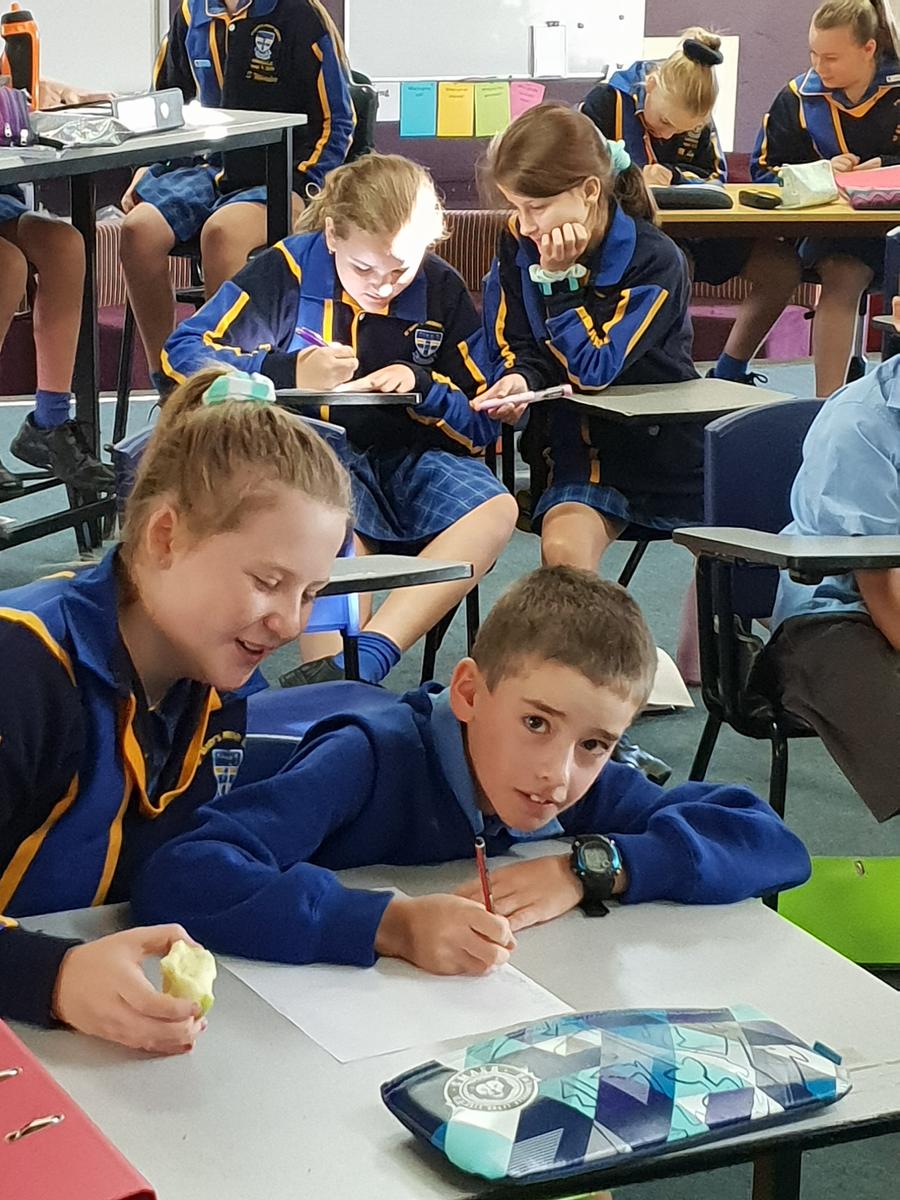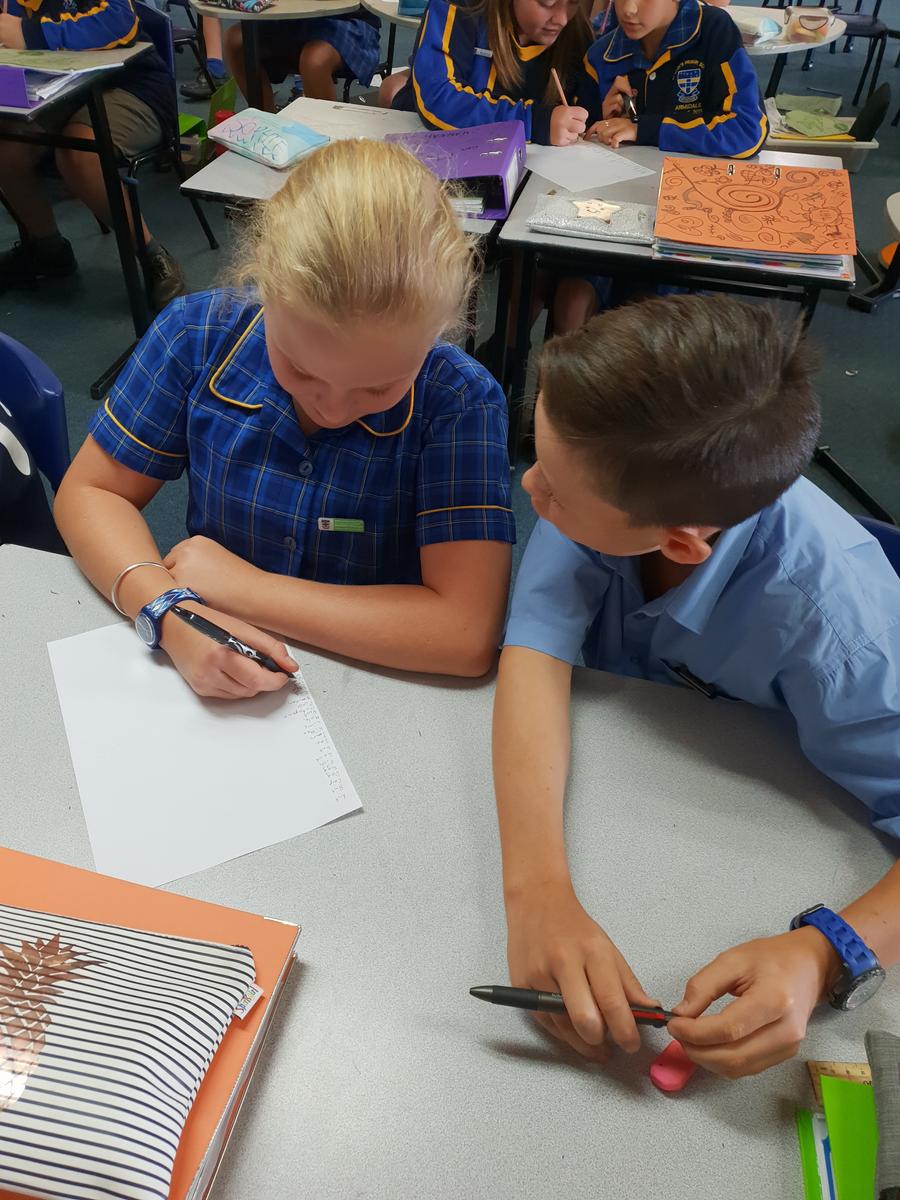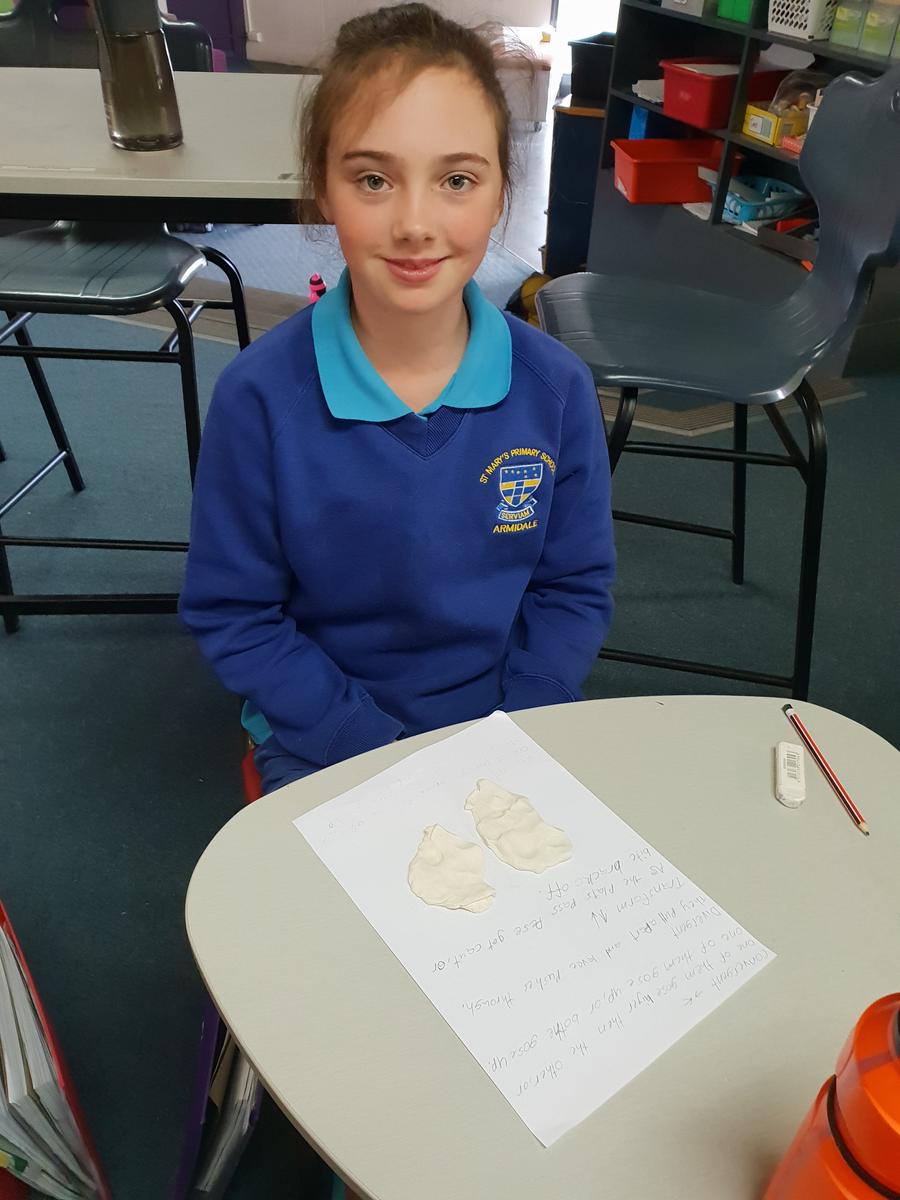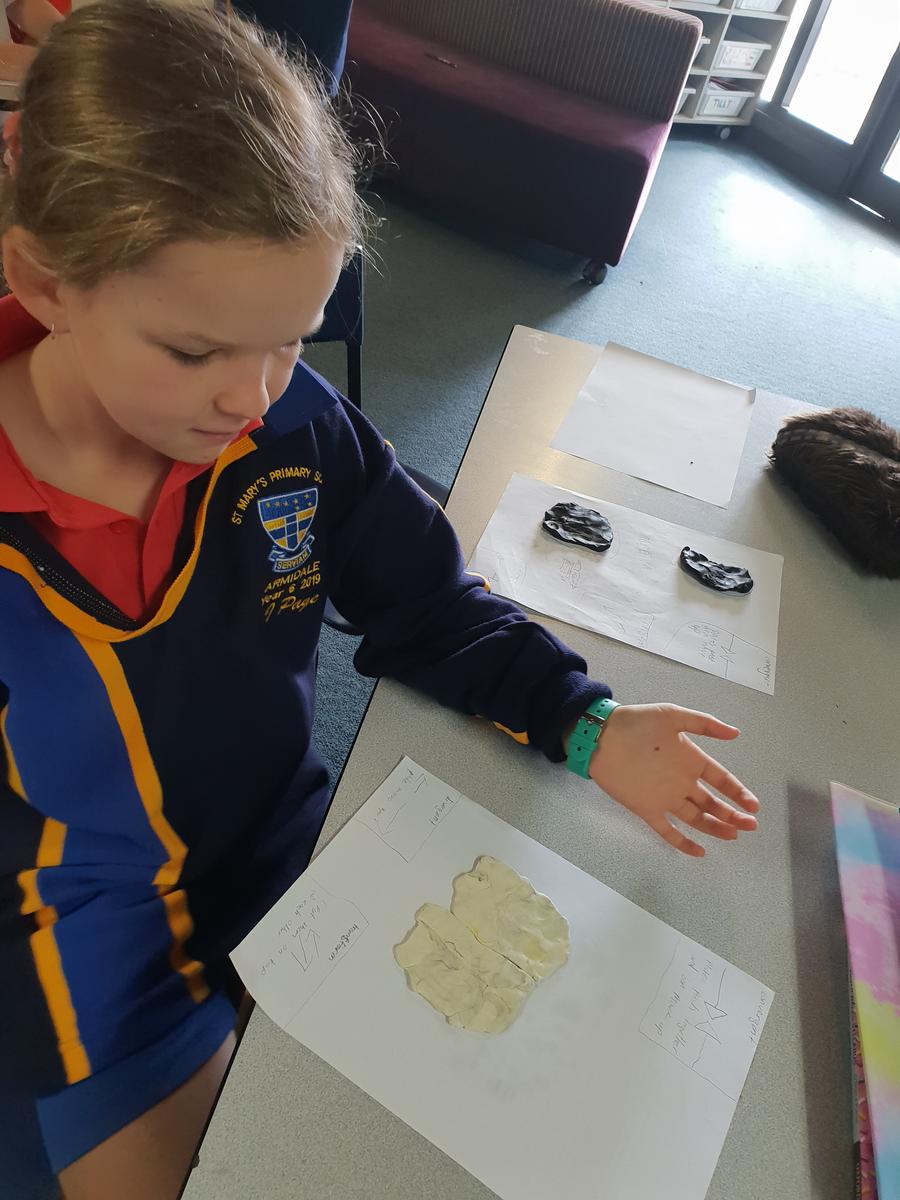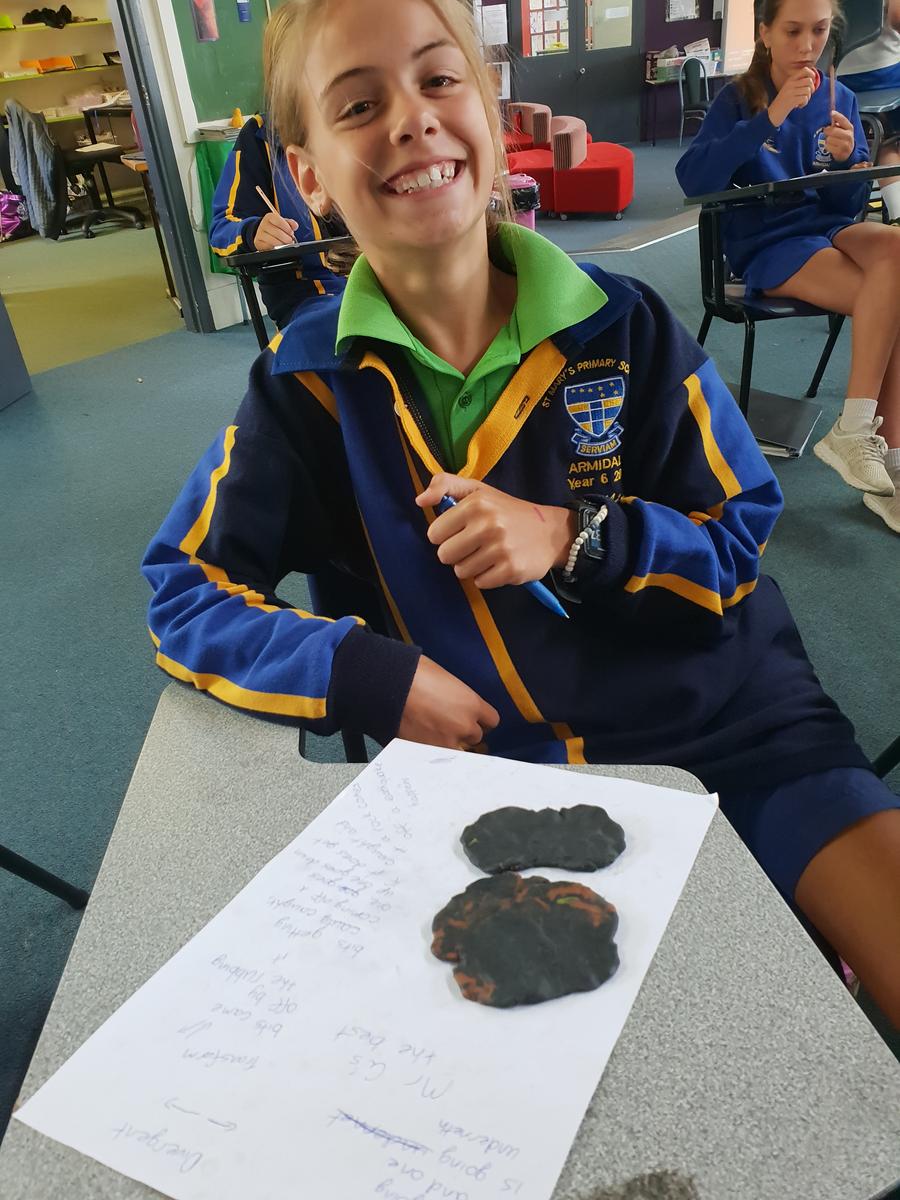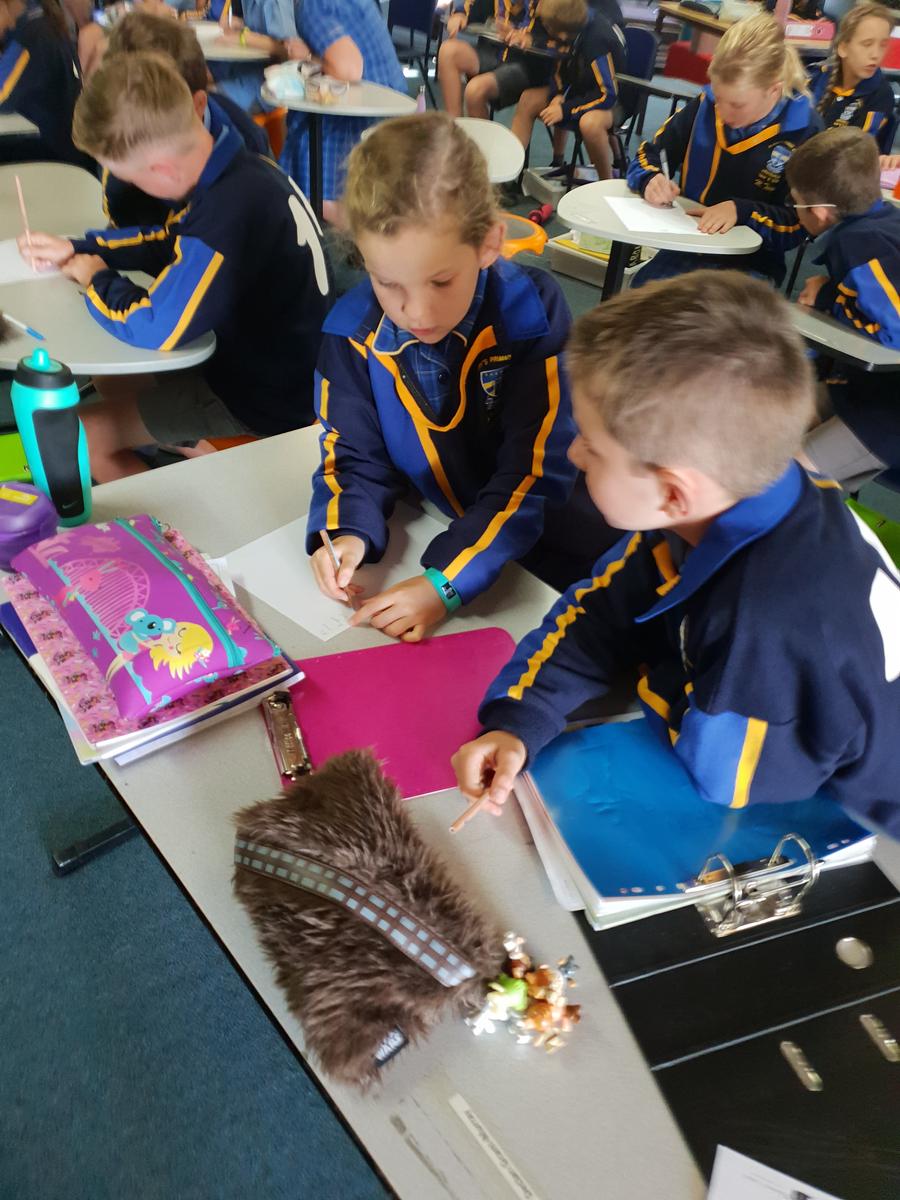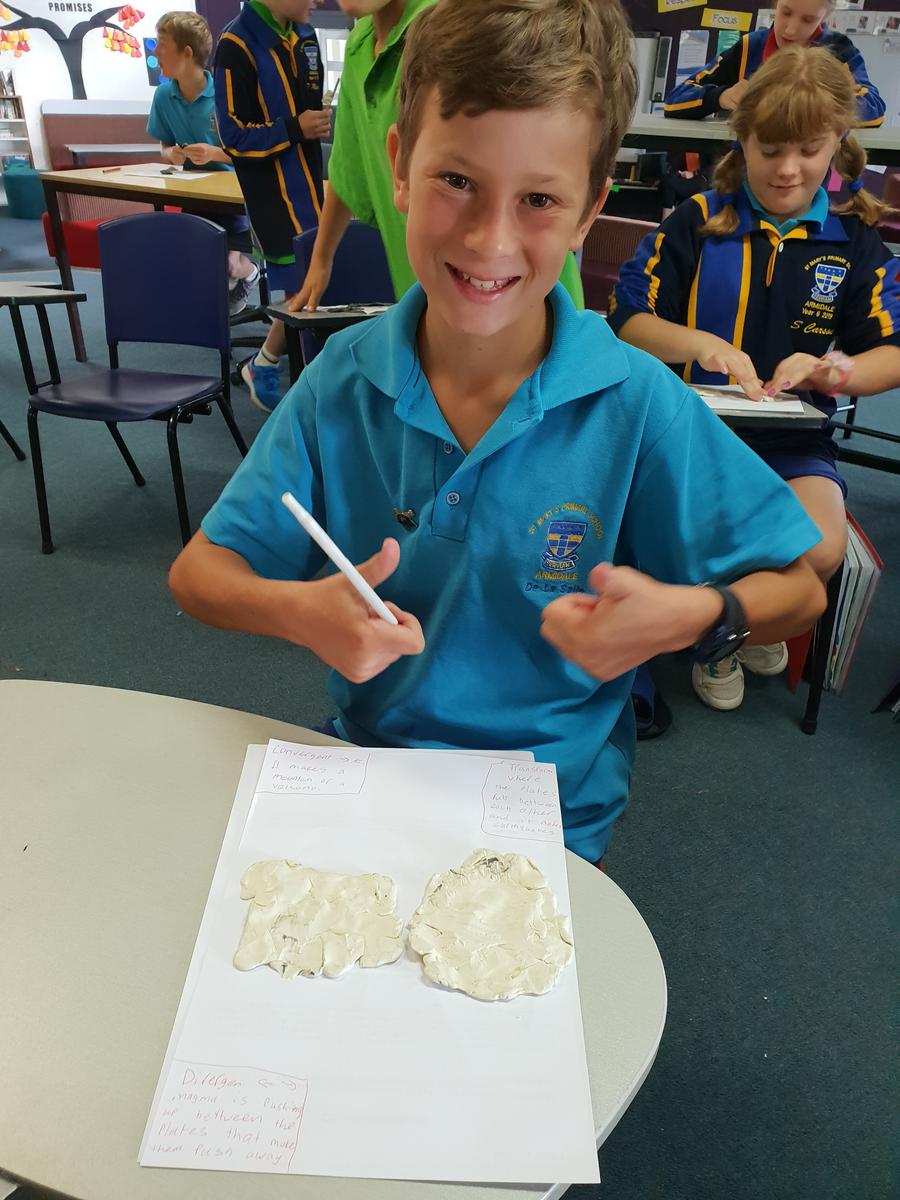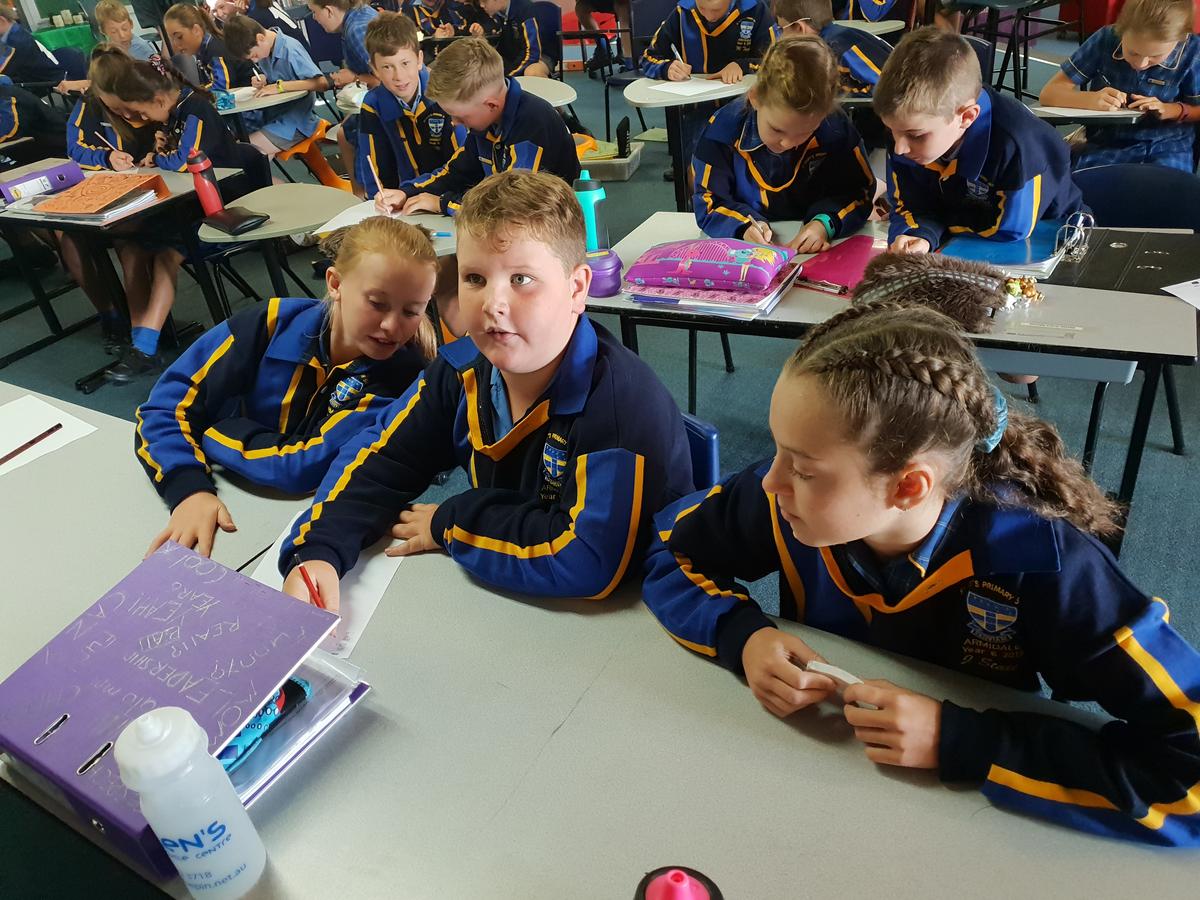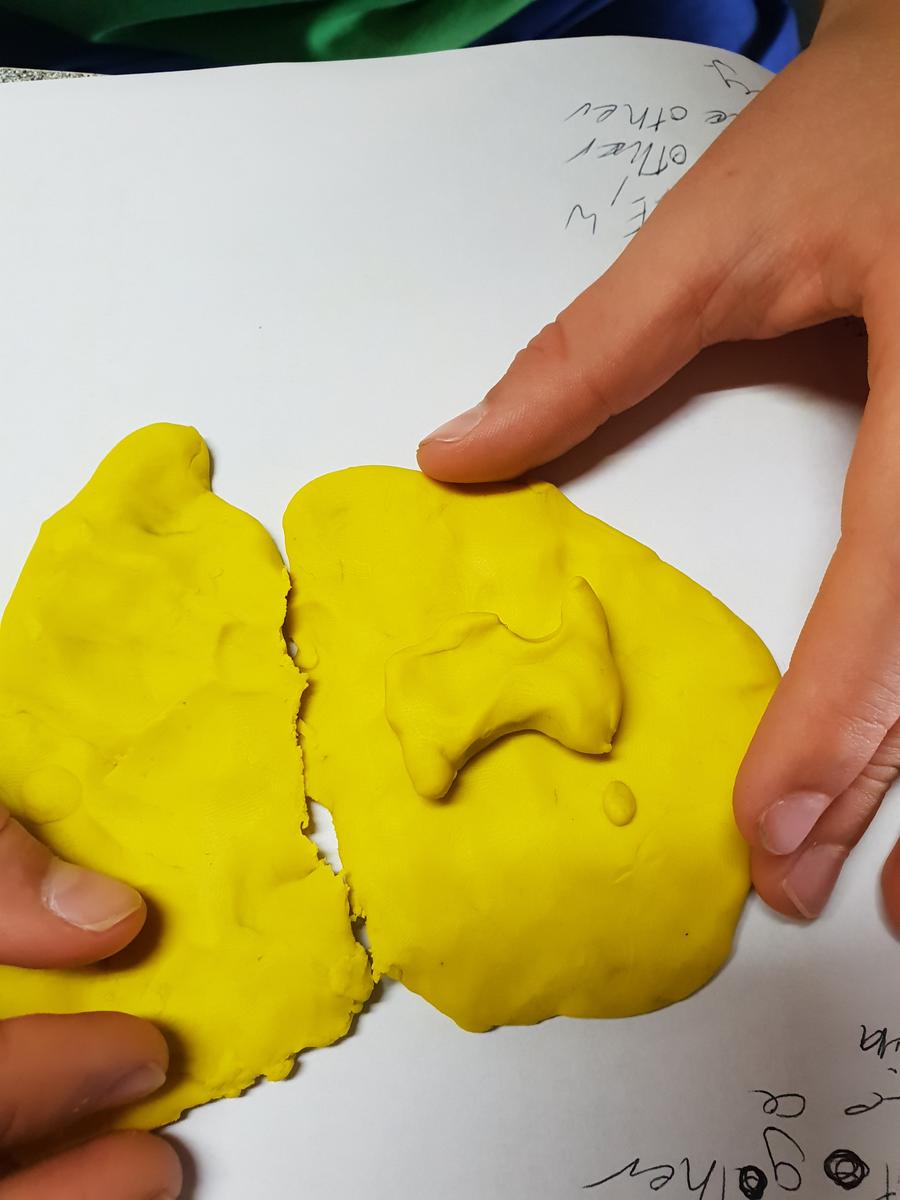Classroom News - Year 6
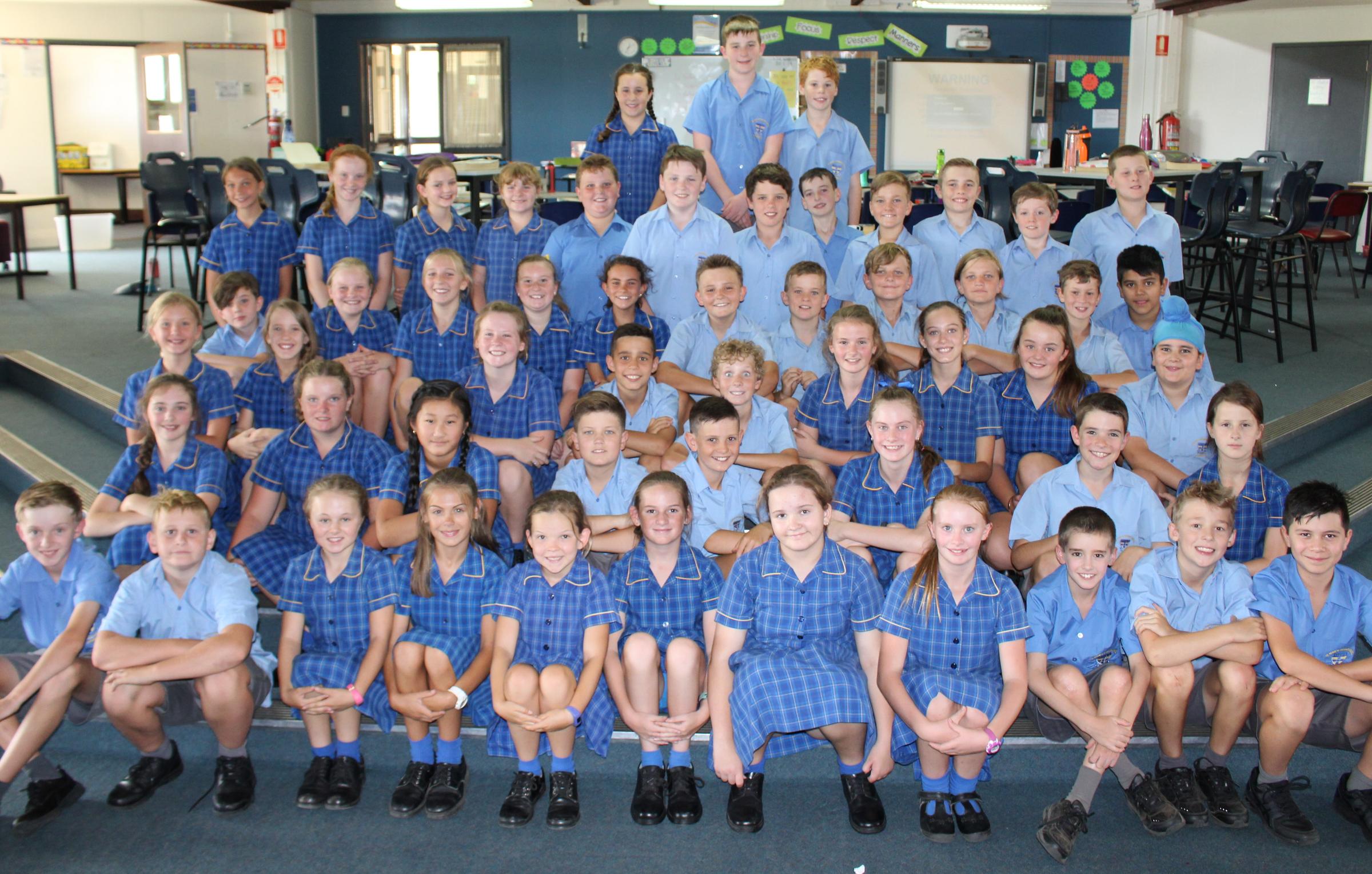
History
In History we have been looking at what it means to be Australian. Our topic is called Australia as a Nation. We are learning that everyone has their own/different opinions.
These are some ideas from people around our class on what being Australian means.
Being Australian means that we are multicultural and accepting other people's differences and opinions -Lillie Kelly
Being Australian means that we live in freedom and peace without war -Samantha Robinson
Being Australian means that we have the freedom to choose what we wear, eat and which language we speak -Brienna Naden
Being Australian means that we are free to believe in whatever and whoever we want to-Jacob Miller
Some questions for parents to ask their children.
What does it mean to be Australian?
What does freedom mean?
What does the Aboriginal and Australian flag symbolise?
By Charlie and Zach
English
In English, we are learning how to write a story. We are reading multiple picture books in class and have already learnt about powerful orientations. We use our VCOP wall to help us with our writing and are now at the stage of learning how to write a powerful complication. When we are reading books as a class and the teacher stops, just before the complication, we have to finish it off. We are using powerful words from the class book Fox.
We all participate in the big write every Tuesday. Just before 1st lunch we plan for our big write in our story we use our who, what, when and why.
These are some Questions you can ask your children about what they have learnt in class for English.
How to write a powerful opening sentence?
What connectives have you used in your writing?
How does your talk homework help with your big write?
By Brienna and Samantha
Maths
In Maths, we have learnt lots this term. Earlier in the term, we learnt how to use compasses to draw circles. It was a new experience for most of us. We then learnt some new shapes such as the heptagon, decagon and a trapezium. They are only a few examples of some new shapes.
In the last week, we have learnt about multiplication, division and Order of Operations. With multiplication we have learnt about lots of different strategies to work a problem out such as the formal algorithm and area model. With Order of Operations, we learnt BIDMAS. The B stands for Brackets ( ), I: Indices DM: Division and Multiplication and AS stands for Addition and Subtraction. That is what we have learnt so far this term.
Here are a few questions that your child in Yr 6 should be able to answer correctly:
What does BIDMAS stand for?
Mr Carter bought 164 copies of the same book for his school. If 43 other principals did the same, how many books would there be?
What shape has 7 sides?
Lillie Kelly and Lachlan Bradford
Science
We used playdough to model the interactions between tectonic plates.

